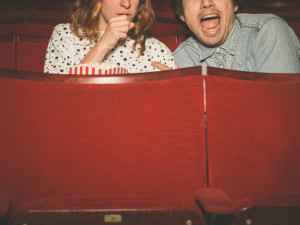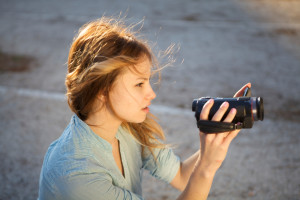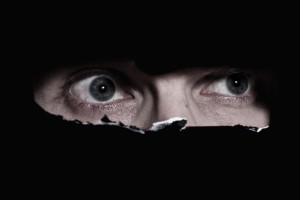The horror film genre has undergone a few changes in recent years, resulting in the disturbing manifestation of the ‘horror home movie’. The amateur ‘home movie’ technique which was once reserved for delightfully nostalgic recording of childhood memories is now being used by directors to create something a lot more sinister.
The ‘point of view’ (POV) and found footage technique has proved to be a popular way of petrifying its audiences. Films such as the Paranormal Activity series have more recently revived the method after it was used in The Blair Witch Project in 1999.
Blair Witch was filmed on an unsteadily handheld camera, with generally speaking not much happening, but with a build up of suspense that relied on the blinkered and limited vision of the person recording the video. Paranormal Activity, however, went that step further by setting up several cameras to give a range of perspectives which captured a lot more ghostly goings-on. The film franchise former shows families being haunted by a demon in their house, recording the events in a ‘found footage’ format.
The success of a horror movie is based on how much you actually see of the film due to spending most of it hiding behind your hands. The ‘horror home movie’ seems to have mastered the skill, but what is it about exactly that tears our nerves to shreds?
Live through their eyes.
Perhaps the thing that makes POV most frightening is the fact that, because the camera is set to the character’s perspective, following their every move and turn of their head, it feels like the viewer is living the events of the movie with them.
What’s common in other horror movies is that you’re able to see the scene from different angles, but watching the movie through their eyes means you aren’t able to see what’s coming – in the plotline or from over their shoulder…
More realistic.
We tend to relate videos through a camera to home movies and clips that we’ve filmed ourselves through our phones. The unprofessional quality shown from a shaky hand, occasional fingers over the camera lens and unfocused vision due to fast movement make the footage seem amateur and likened to something you could film yourself.
Within this genre, producers will often use unknown actors which creates the illusion that they aren’t actors at all, but ‘real’ people.
No music.
Unless you’re a technical wizard, music isn’t generally used in the horror home movie sub-genre, and so audiences are left with the creaks of floorboards and slams of doors against an eerie silence, making the footage arguably more suspenseful.
Other movies under this sub-genre include Cloverfield (2008), Quarantine (2008) and The Last Exorcism (2010) that have all kept us on the edge of our seats, or hidden behind them.
Whether you’re making your own amateur horror movie or you’d prefer home movies to only show footage of your kids opening presents on Christmas morning, Cine2DVD can make transferring treasured (or terrifying) footage as quick and easy as possible. We can transfer Super8 to DVD along with other reel sizes, promising competitive rates without compromising on quality. Check out our website for details on ordering and pricing, or contact us today for any other queries you may have on 0800 592433.



